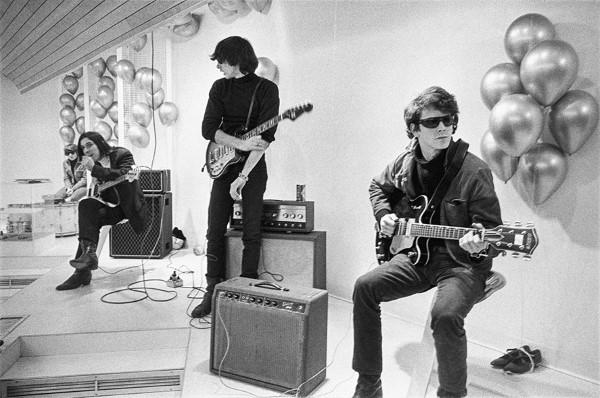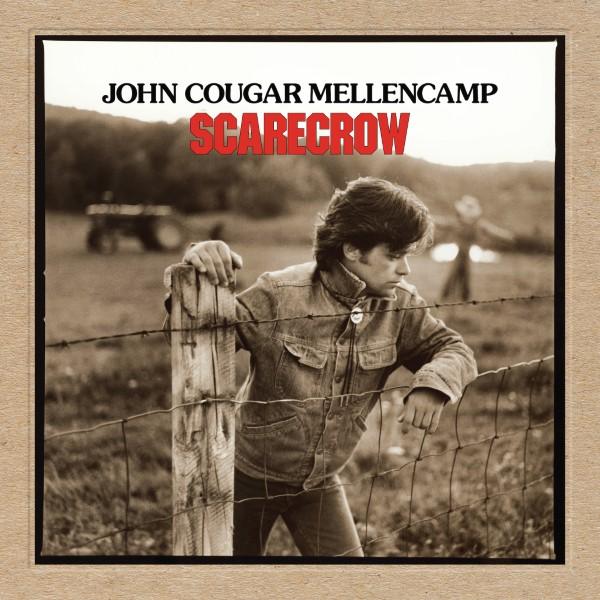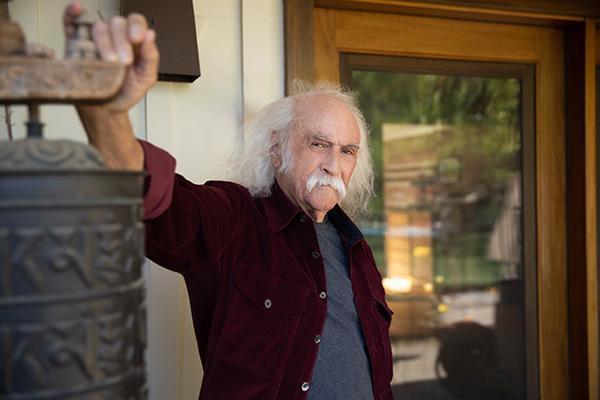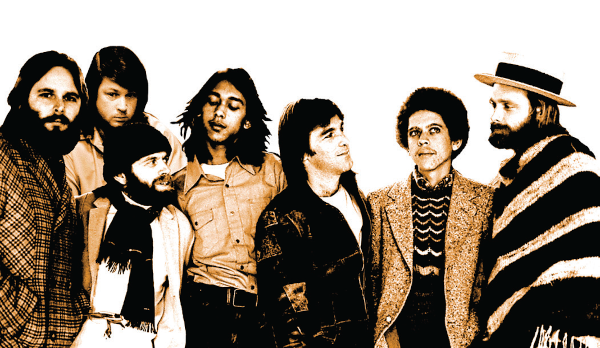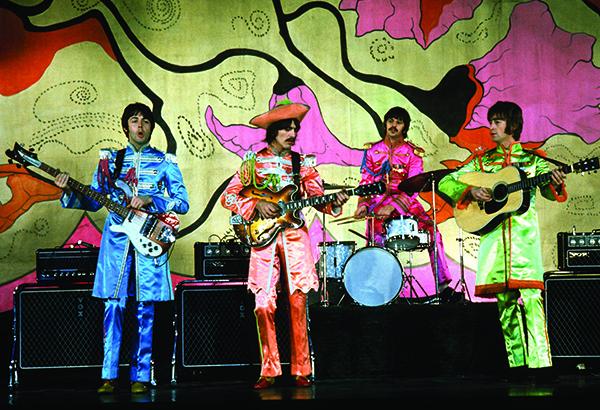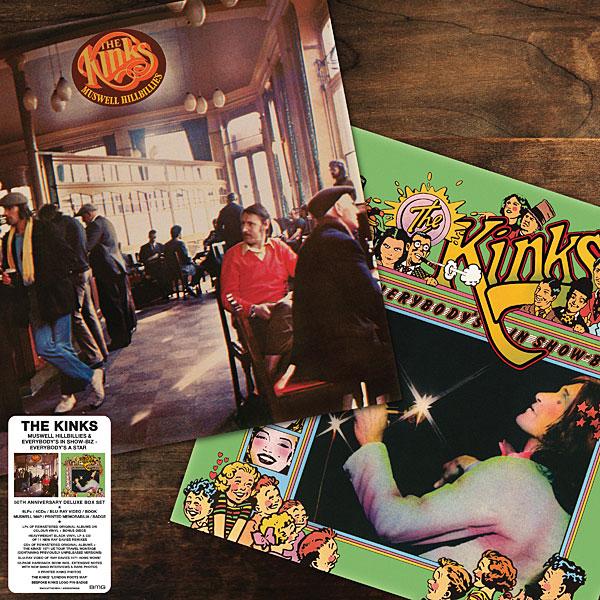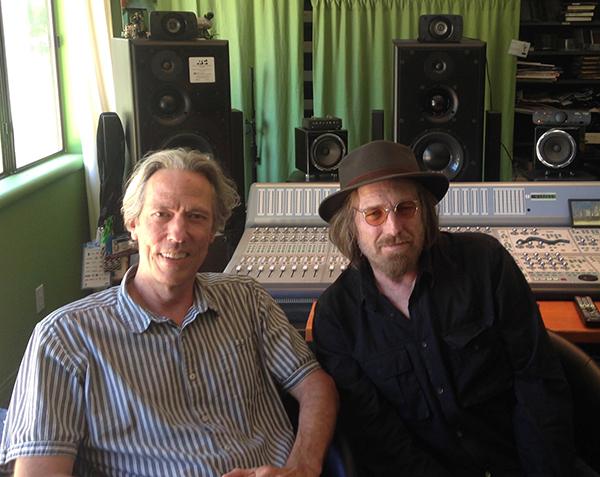Mike Mettler
|
Mar 13, 2023
Joe Satriani on the Spacious New Atmos Mix of His Career-Defining 1987 Album, Surfing With the Alien
|
Feb 24, 2023
|
Jan 26, 2023
|
Jan 13, 2023
|
Dec 30, 2022
|
Dec 20, 2022
